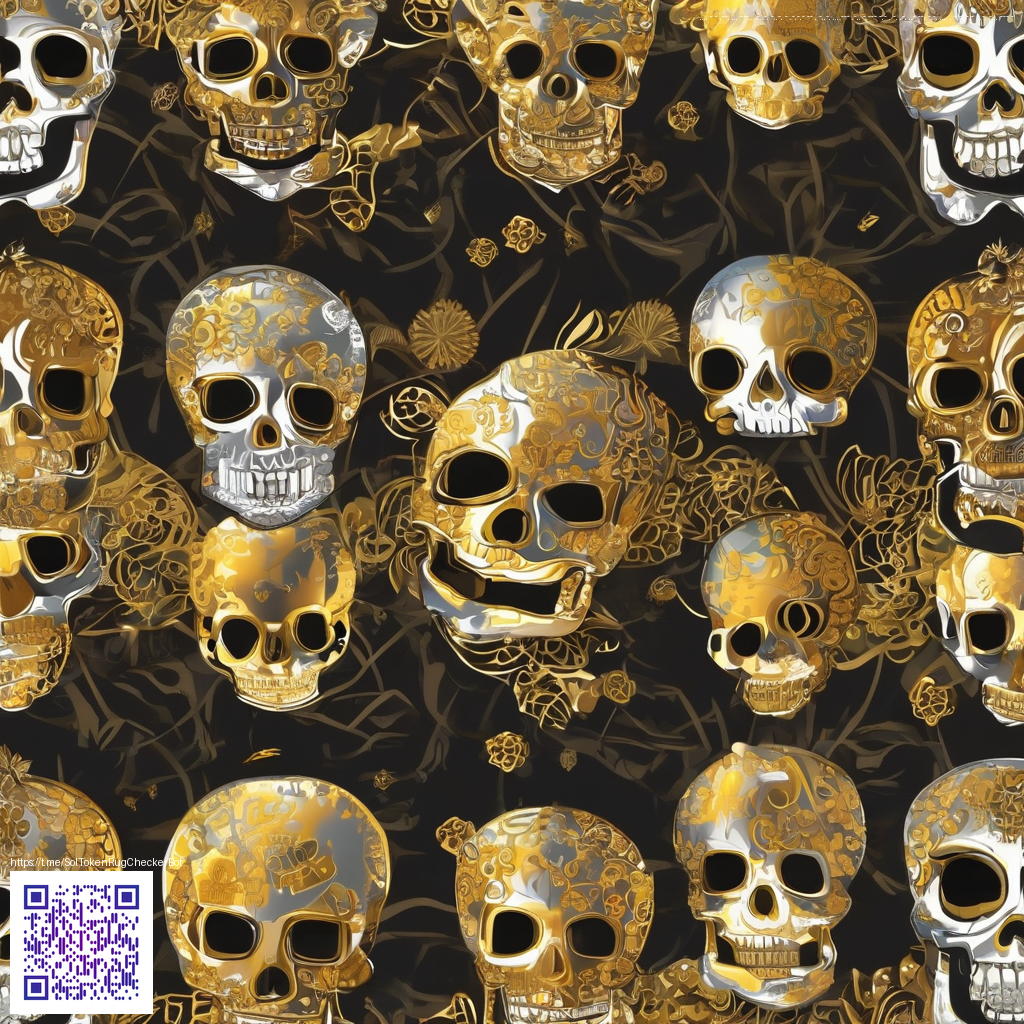
Building a Practical Logo Template Kit for Small Businesses
In the fast-paced world of small business branding, a well-organized logo template kit is a game changer. It ensures consistency across all touchpoints—from social posts to packaging—while giving teams a reliable starting point. This approach is especially helpful for solo founders who juggle design, marketing, and operations.
Think of a kit as a modular set of assets: the core logo lockups, color systems, typography scales, and a simple usage guide. The goal is to empower any team member to reproduce the brand with confidence, even if design isn’t their full-time job. To keep things practical, consider packaging the assets in clearly named files and a straightforward folder structure. If you’re exploring how to photograph or present these assets on mobile, you might pair your process with a practical accessory like the Phone Grip Click-On Adjustable Mobile Holder Kickstand to capture consistent shots on the go.
Key components of a logo template kit
- Logo lockups in multiple configurations (horizontal, stacked, icon-only) to adapt to different placements.
- Color system with primary, secondary, and accessible contrast variants (include hex or RGB codes).
- Typography scales for headlines, body text, and callouts that stay cohesive across materials.
- Usage guidelines outlining minimum clear space, sizing, and placement rules.
- Editable file formats such as AI/SVG for vector precision and PNG/JPG for quick proofs.
Design tip: build for adaptability. A version that scales down to a favicon and up to a billboard should share the same core rules—color, spacing, and balance.
Practical steps to build your kit
- Define the brand’s essence and translate it into a handful of logo lockups plus a resourceful color palette.
- Create a standardized file naming convention and folder structure so teammates can find assets in seconds.
- Develop a brand guidelines document that covers logo usage, color accuracy, typography, and accessibility considerations.
- Prepare mockups for common applications—social graphics, business cards, letterheads, and website headers—to demonstrate how assets behave in real-world contexts.
- Package the kit with editable templates and a quick-start guide so non-designers can reproduce on-brand visuals without reinventing the wheel.
As your kit evolves, a versioning system helps you track changes, so you can roll back or iterate on updates without breaking existing marketing materials. If you’re curious about reference examples or related approaches, you can explore material that aligns with these ideas at this similar content hub.
Tools and templates you can reuse
- Vector logo templates (AI/SVG) with organized layers
- A scalable color palette and contrast checks for accessibility
- Text style definitions (heading, subheading, body, caption)
- Mockup files for social media, print, and storefront signage
- A concise, printable brand guidelines sheet
When you share these kits with clients or teammates, framing the kit as a product can add value. It becomes a repeatable service or a sellable asset package, enabling faster onboarding and more consistent outcomes across campaigns. And if you want a concrete example of how these ideas translate to practical, on-brand visuals, the referenced page above provides a useful companion narrative.
Putting it into practice
Start small: pick two or three logo lockups, define your color system with accessible contrast, and draft a 1-page usage guide. Then expand by adding mockups and scalable typography styles. The aim is to empower anyone on your team to generate on-brand materials quickly, without compromising consistency or quality.